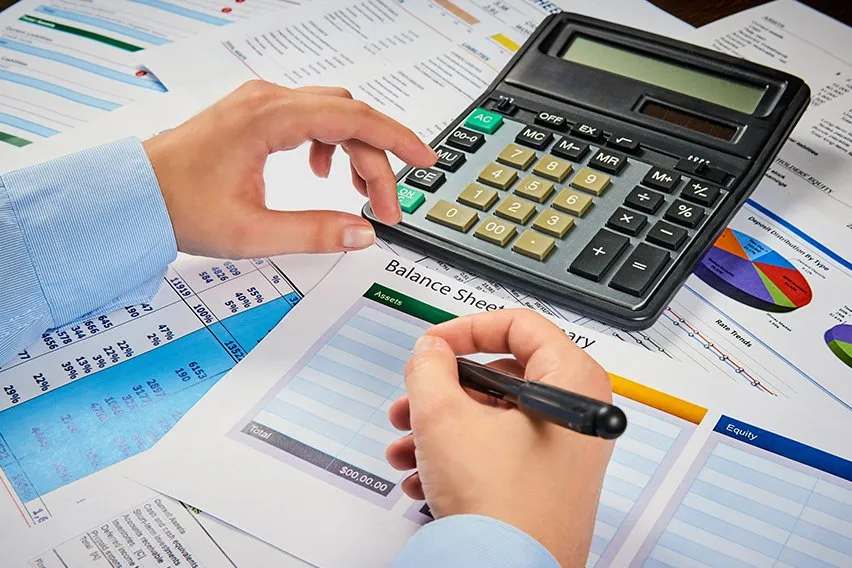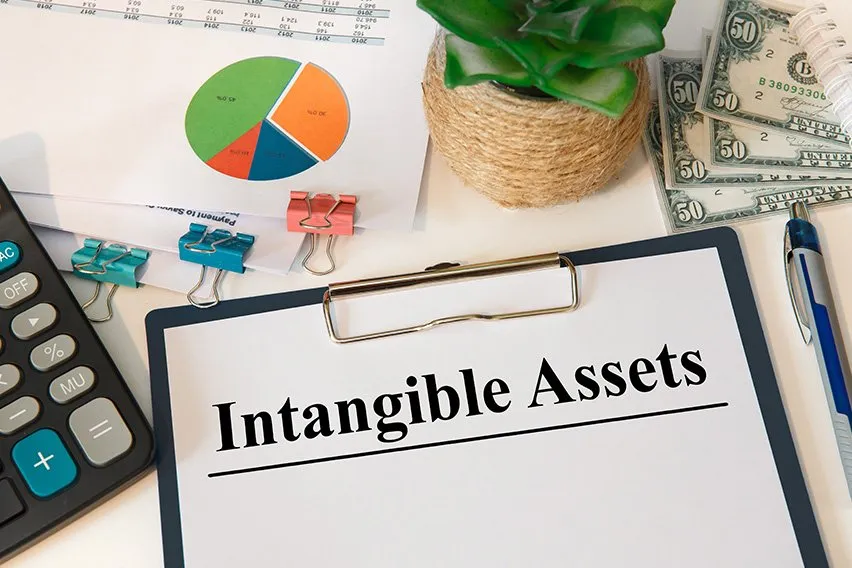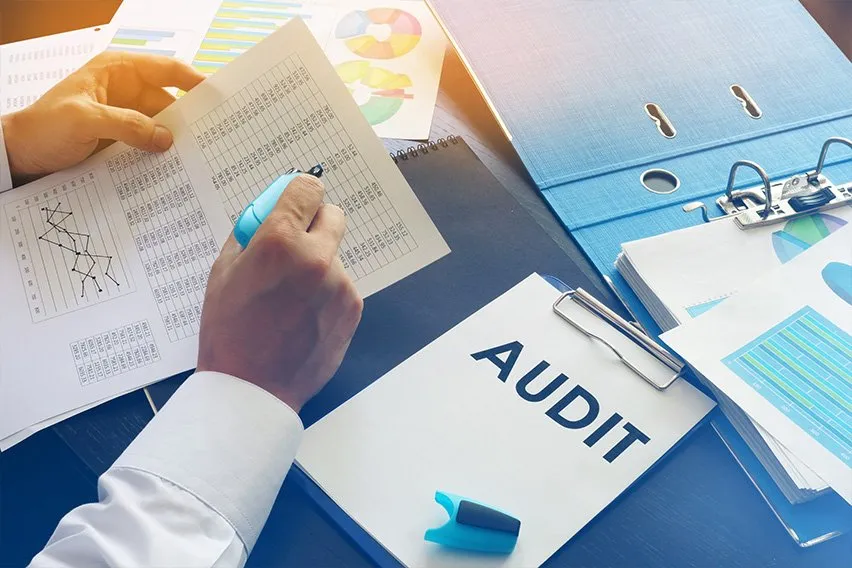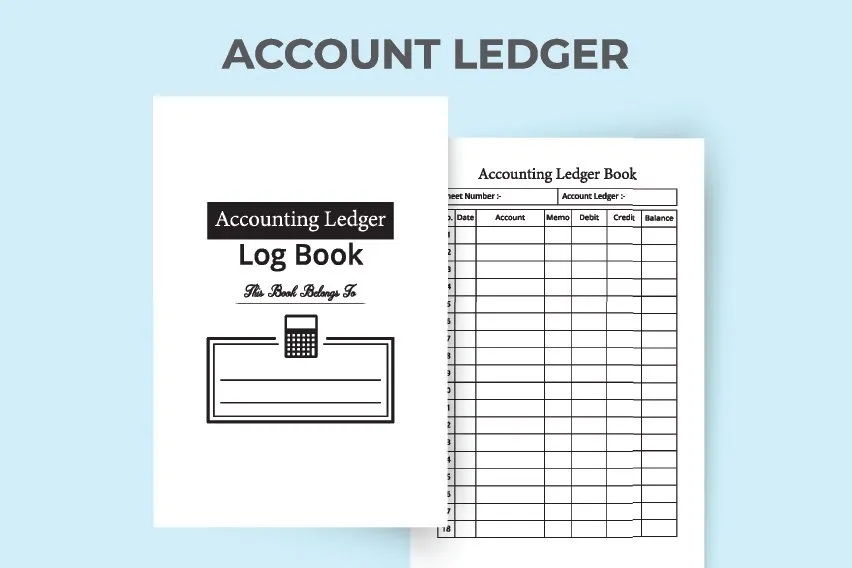Forecasting a Balance Sheet | The Small Business Guide to Financial Forecasts

To forecast a balance sheet, small businesses must make an informed projection of their future financial position, including a forecast of the business’s assets, liabilities and capital. A balance sheet, also called the statement of financial position, is one of the major financial statements for small business accounting. A balance sheet forecast is important for businesses as it predicts what a business expects to own and what it expects to owe at a specific future date.
We also have a balance sheet template you can download and use right now.
Learn the method of forecasting a balance sheet for small business accounting:
How to Forecast a Balance Sheet
What Is the Purpose of Financial Forecasting?
What Is Forecasting Financial Statements?
What Are the Types of Forecasting
NOTE: FreshBooks Support team members are not certified income tax or accounting professionals and cannot provide advice in these areas, outside of supporting questions about FreshBooks. If you need income tax advice please contact an accountant in your area.

How to Forecast a Balance Sheet
Forecasting a balance sheet allows small businesses to see what they’re likely to own and owe at a future date, which can help them plan for future purchases and other important business decisions.
To forecast a balance sheet, businesses examine past financial statements and use that historical data to make projections about their future capital, assets, debt and equity. Follow these steps to forecast a balance sheet:
1. Forecast Net Working Capital
To begin forecasting a balance sheet, you’ll first need to estimate your business’s net working capital. Net working capital is the total of your current assets and liabilities. To project your future net working capital, review your historical data for assets and liabilities. It’s standard practice to use at least two years of past financial data. Based on your business’s past net working capital figures and how they’ve changed over time, you can project a realistic net working capital figure for your balance sheet forecasting.
2. Project Fixed Assets
The next step in forecasting a balance sheet is to project your fixed assets. Fixed assets are long-term tangible assets that your business owns and are fairly simple to project. You need to factor in depreciation to accurately predict your future fixed assets. Here’s the formula to estimate your future fixed assets:
Projected Fixed Assets = Fixed Assets Last Year + Capital Expenditures – Depreciation
3. Estimate Financial Debt
Now you’ll need to project your financial debt, which is a straightforward process. To forecast your business’s financial debts, follow this formula:
Projected Financial Debt = Financial Debt Beginning of Year + Change in Financial Debt
4. Forecast Equity Position
Next on your balance sheet forecast is your projected equity position. By forecasting equity, you’re predicting the retained earnings plus the funds you’ve contributed to the business. To forecast your business’s equity, you can use this formula:
Projected Equity = Equity Last Year + Net Income – Dividends + Change in Equity
5. Forecast Cash Position
The final step in forecasting the balance sheet is projecting your cash position. Your cash flow statement can help you estimate this. Here’s the formula to forecast cash position:
Projected Cash Position = Last Year’s Cash Position + Change in Cash
What Is the Purpose of Financial Forecasting?
The purpose of financial forecasting is to analyze your current and past financial position and use that information to predict your business’s future financial conditions. Doing so can help you make important business decisions.
Financial forecasting is an accounting tool that helps you plan for the future of your business and create a roadmap of how you’d like your company to grow. With your financial forecasts as a guide, you can create business strategies and set goals based on accurate data to improve your business model in the future.

What Is Forecasting Financial Statements?
Financial statements are historical accounting documents that show how your business performed financially during a set period of time. But businesses can use that historical data to predict how their company will perform financially in the future. That’s known as forecasting financial statements.
There are four basic financial statements:
- Income Statement
- Balance Sheet
- Cash Flow Statement
- Statement of Retained Earnings
Small businesses may wish to forecast their income statement, balance sheet and cash flow statement to project the future financial health of the company.
What Are the Types of Forecasting
There are three basic types of forecasting methods businesses can use to forecast financial statements. The three types of forecasting are:
Qualitative Forecasting Method: The qualitative method of forecasting takes into consideration expert opinion and specific past events to make future predictions. The qualitative method is often used when historical data is scarce, for example, in a business’s first year of operation.
Time Series Forecasting Method: The time series method focuses completely on historical data and past patterns to predict what will happen in the future. The time series method can be used when at least a few years worth of historical data is available so you can recognize emerging trends.
Causal Forecasting Method: The causal method of forecasting takes into consideration historical data and also analyzes relationships between the factor that you’re forecasting and other factors. It’s the most in-depth forecasting method you can use.
RELATED ARTICLES
 What Is an Intangible Asset? A Simple Definition for Small Business (With Examples)
What Is an Intangible Asset? A Simple Definition for Small Business (With Examples) What Is Straight Line Depreciation?
What Is Straight Line Depreciation? Auditing: Definition, Types, and Importance
Auditing: Definition, Types, and Importance What Is Depreciation?
What Is Depreciation? What Is a Ledger in Accounting?
What Is a Ledger in Accounting? What Is Accounting? The Basics, Explained
What Is Accounting? The Basics, Explained